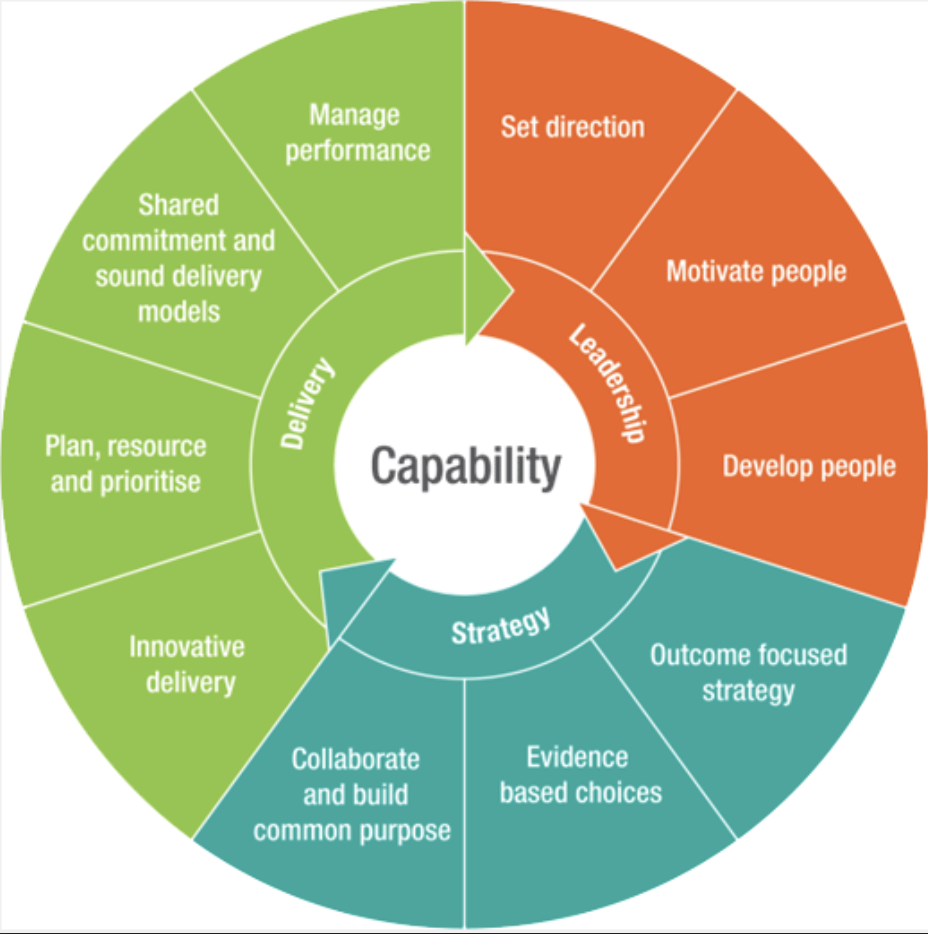On multiple occasions over the past few years, I have written and spoken about technology as an enabler of transformation. It is not the goal. A May 1, 2022 article in Harvard Business Review goes into detail about what this means, and how business silos can get in the way. Despite sinking money into new technologies and into data science, the HBR case study found that “the investments resulted in only occasional successes (in some aspects of the R&D process, for example) while many pilots and projects sputtered.”
Only when “they began pairing data scientists with business employees who had insight into where improvements in efficiency and performance were needed” were there encouraging results. Technology can only be effective when it is applied to produce specific business outcomes and the scientists and technologists who are employed to make it all work cannot succeed without insight and guidance from the business staff, i.e., the people who do the work.
This raises a very good question: Why—at least in this case—were the data scientists and technologists separated from the business units in the first place? This question has also popped up many times about information technology. Is IT a department or a capability when so much of nearly every business depends on it?
This representation of Capability illustrates my point: If we start at the “12 o’clock” position, direction setting and outcome-focused strategy both precede innovative delivery. If your organization’s thinking about Digital Transformation is focused only on the Digital (the technologies) and not on the Transformation (the organizational changes, e.g., workflows and value streams), you are really putting Delivery ahead of Leadership and Strategy. How would that work? As the subject company in the HBR article quoted above discovered, it wouldn’t work very well at all.
Any tool is only as good as its function for a purpose. No good mechanic walks to the garage with a 9/16” socket wrench and says, “What am I going to fix today?”
Advanced digital technologies such as conversational AI can have huge, positive impacts on a business. Consider the possibility that well-developed and implemented Intelligent Virtual Agents (IVAs) could eliminate having to wait in a queue for either chat or telephone customer service by handling such a substantial portion of customer contacts that the human agents would be at the ready almost instantly. IVAs are currently available in the marketplace. Great! But let’s ask some questions first:
- What business problem(s) will the acquisition of these tools solve or avoid? (This is the Why for your transformation, and everything else flows from it.)
- Where and how, exactly, will you deploy them?
- Who will train them?
- Which knowledge bases and data pools will they have access to?
- If you are recouping human worktime, how should you use it?
- Should the people responsible for implementing the tools be in a separate group, or should they be part of the unit(s) where the tech is deployed?
- How might the IVAs be used for internal communication, as well as for customer contacts?
- What matters most to your customers?
- Who will handle the relationships with the digital tool providers?
These and many other strategic and tactical decisions must happen before you can see real progress being made; that’s the crux of the HBR story. This is not a new issue by any means. In previous times we would have said, “Don’t put the cart before the horse.” A lot of carts were put before horses before that expression became an idiom; as many transformation failures have shown, they still are.
None of the answers to the questions is simple, and there are many other questions nested in them that involve governance, compliance, cybersecurity, organizational culture, skills your people have versus skills they need, and so on.
As you continue your transformation journey, take a look at the Digital Enterprise Readiness Framework and have an honest internal conversation about the Why and the How of your direction. Keeping the Leadership, Strategy, and Delivery—or People, Process, and Technology—in the right order can make the difference between success and failure.
Tag/s:Business TransformationDigital EnterpriseFuture of WorkOrganizational Change






